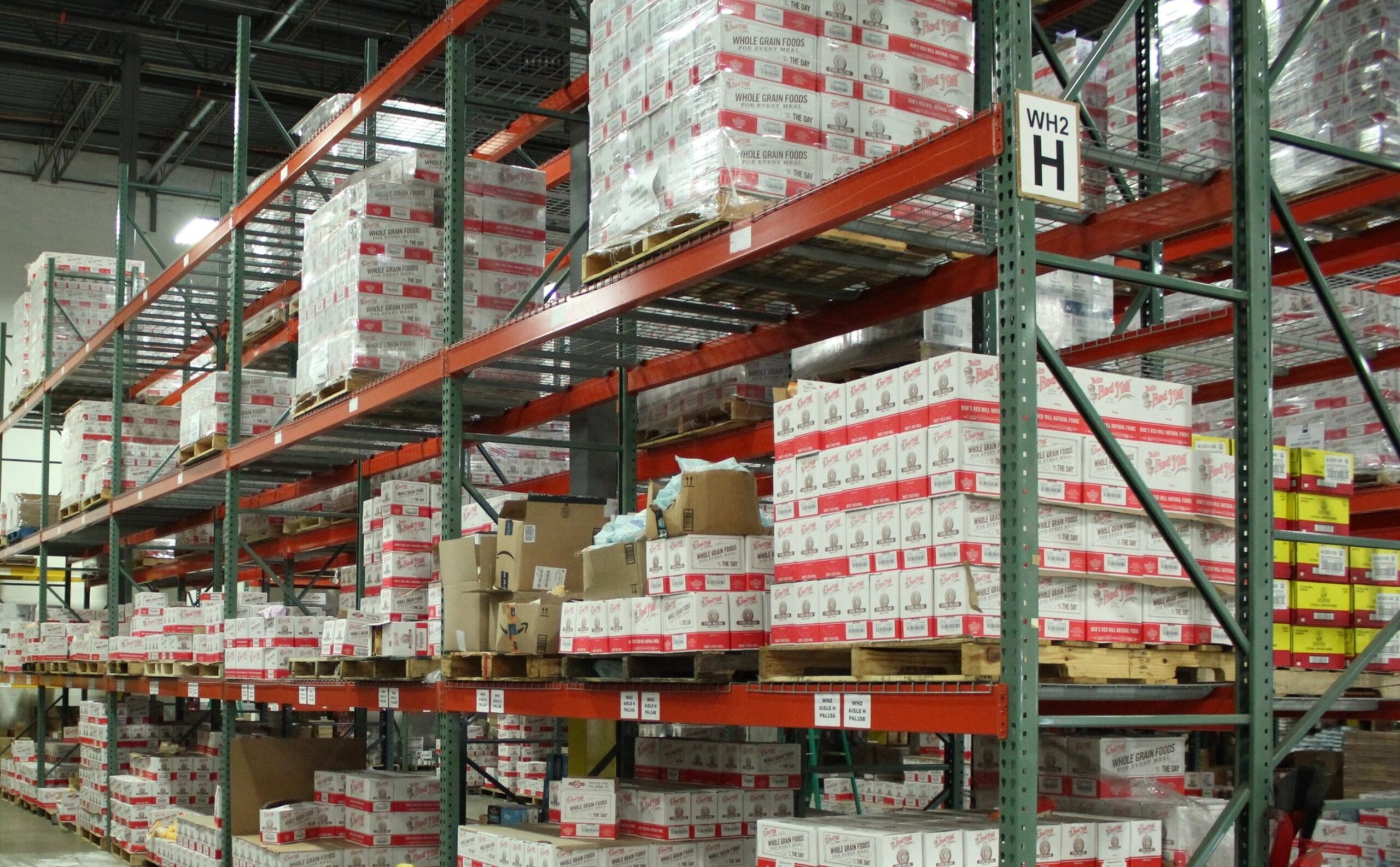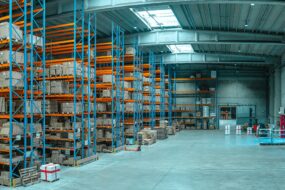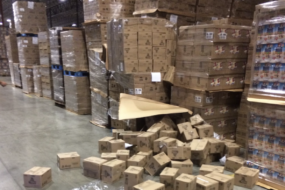Contents

Physical distribution involves a set of activities that move finished products from fulfillment or distribution centers to customers. Several steps are involved in the physical distribution process, and if it’s done poorly, it can result in dissatisfied customers.
How physical distribution is conducted will greatly influence a company’s customer satisfaction rates, distribution costs, and delivery timelines. While e-commerce sales take place online, the physical distribution process is essential to the success of the business. Without smooth physical distribution, an e-commerce business will likely fail.
What Is Physical Distribution?
Physical distribution involves the movement of finished products from a distribution center to the end customer. It isn’t just one process. For e-commerce businesses, physical distribution consists of several different fulfillment processes, such as warehousing, inventory management, order processing, picking, packing, and shipping.
Depending on the size and location of an online business, they may use one distribution center or several that are strategically placed around the country. By having centers in different regions, businesses can reduce shipping costs and expedite delivery timelines.
What Activities Are Involved in Physical Distribution?
Physical distribution is triggered by an order. From that point, the physical distribution process starts.
Warehousing is involved in the first part of the process since warehouse management systems are involved in order processing. Picking and packing are the next activities involved, followed by shipping.
Physical distribution applies to both raw materials and finished products. For e-commerce retailers, it primarily involves finished products.
What Costs Are Associated With Physical Distribution?
Basically, all costs associated with the fulfillment process are also associated with physical distribution. These include costs for warehousing, carrying inventory, order processing, receiving, and packing and shipping. In addition, administration and transportation costs are involved with physical distribution.
How Does Physical Distribution Affect E-Commerce Businesses?
Even if the bulk of your business takes place online, the physical distribution of products is the core of your e-commerce business. If you don’t deliver the final products in a timely and efficient manner, you won’t grow your customer base. In short, physical distribution is key to the success of your business.
With a good physical distribution process, you can accomplish the following:
Faster Order Fulfillment & Shipping
If you fulfill orders quickly and they reach customers fast, you’ll have happier customers. This means they are more likely to order from your business again and to recommend it to others.
If you use distribution centers throughout the country, your product is stored closer to customers. It can be packed and shipped faster, and shipping times will be shorter since there is less distance to travel. Assess where the majority of your orders are shipping, and consider a fulfillment center in that region.
High Customer Satisfaction Rates
Faster shipping times mean happier customers. It’s a simple rule of e-commerce that shorter delivery timelines equal a better customer experience overall.
If you are able to cut costs by utilizing various distribution centers, you can pass some of those savings along to customers in the form of free shipping or discount offers. Any time you give a perk to a customer, you are increasing customer goodwill and this leads to higher customer satisfaction rates.
Reduced Costs
By optimizing your physical distribution process, you can cut costs. Again, you can benefit from using regional distribution centers.
By storing more of your products in areas that are closer to your customers, you can reduce shipping costs. This can boost your bottom line, and you can pass some of these savings on to your customers.
How to Optimize Physical Distribution
There will always be ways to refine your physical distribution process. Analyze how things are working currently, and pinpoint areas that could be improved.
Here are some areas to give special attention:
Automated Order Processing
You shouldn’t manually be processing orders when automated systems can do much of the work for you. Implement automated order processing via warehouse management systems (WMS) or other software solutions.
Your order processing should be linked to your inventory management system. This allows your inventory to be updated in real time.
Inventory Management
A warehouse management system is crucial to keeping your inventory under control. Without this type of system, you’re more likely to have difficulty forecasting supply needs and maintaining a steady inventory. And this can result in logjams, errors in the fulfillment process, and delayed orders.
With a good WMS, there will be fewer order errors and fewer instances of items being out of stock. Because the process is streamlined, orders will be fulfilled faster, and they’ll get to your customers more quickly.
Data Management
You can’t improve your physical distribution until you know exactly what is happening at every step of the process. By collecting data on each activity, you can assess where you have room for improvement.
Logistipedia Can Help You Target Improvements in Your Physical Distribution
At Logistipedia, we can give you the information you need to make sound decisions on your physical distribution process. The task of compiling and analyzing this information on your own can be overwhelming. Let us help.
Reach out to us today to get started on optimizing your physical distribution.




